
Step-by-Step Instructions for Writing
The most difficult aspect of composing an academic essay is...
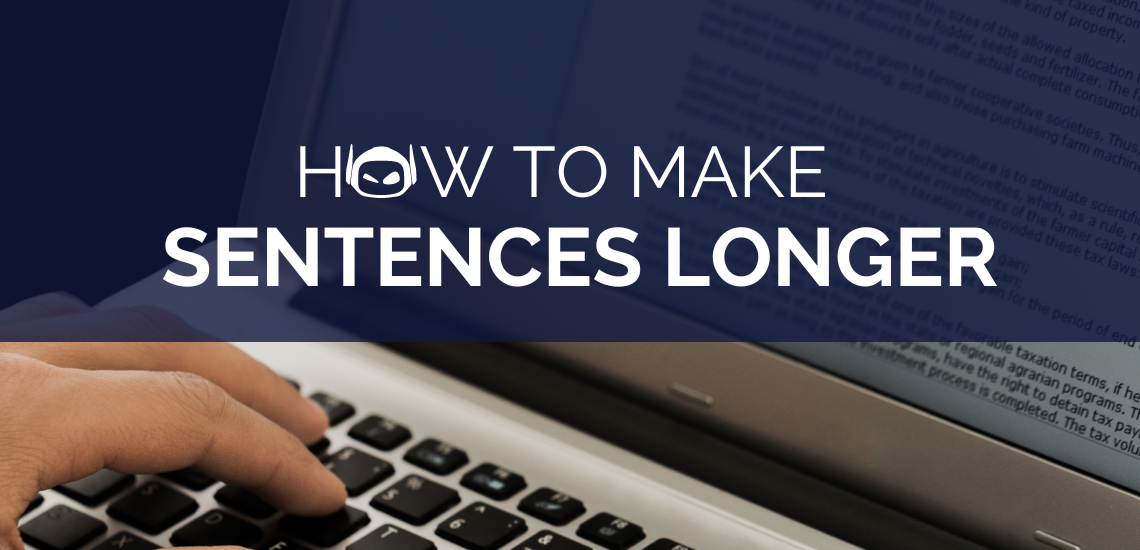
Step-by-Step Instructions for Writing
If you are an academic, you must possess the ability...

General Guide About Content and Writing
With the massive boom in AI and more AI text...
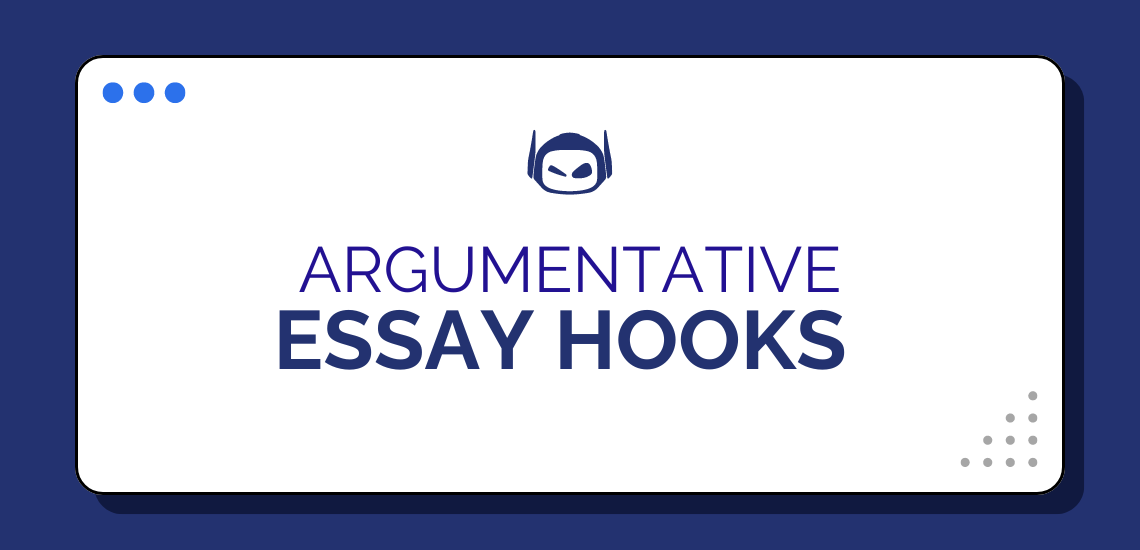
General Guide About Content and Writing
The opening sentences of an argumentative essay hold immense power....

Step-by-Step Instructions for Writing
Applying to college? This guide shows you how to write...

Step-by-Step Instructions for Writing
When writing, how you say something often matters as much...
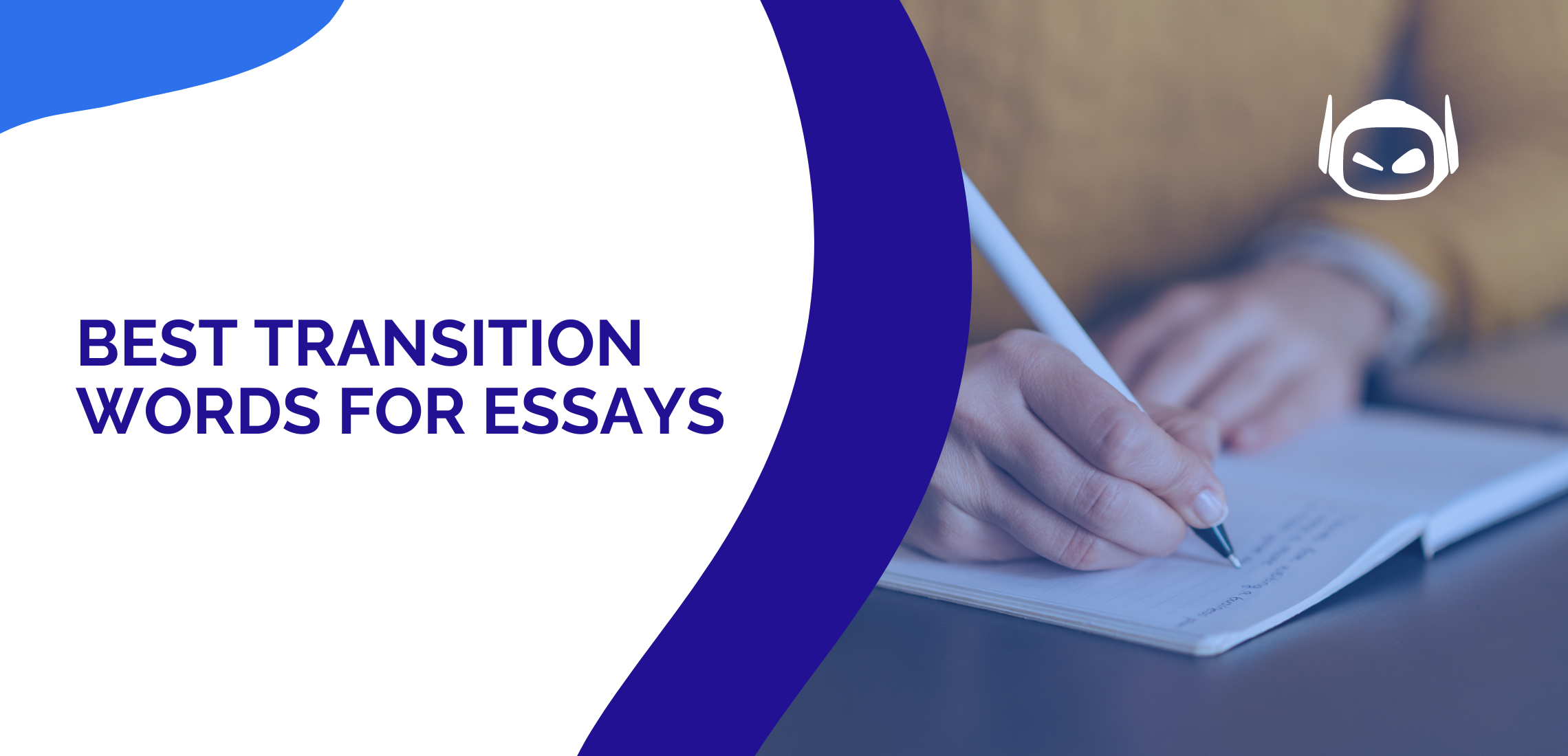
General Guide About Content and Writing
Most essays require you to discuss more than one idea....
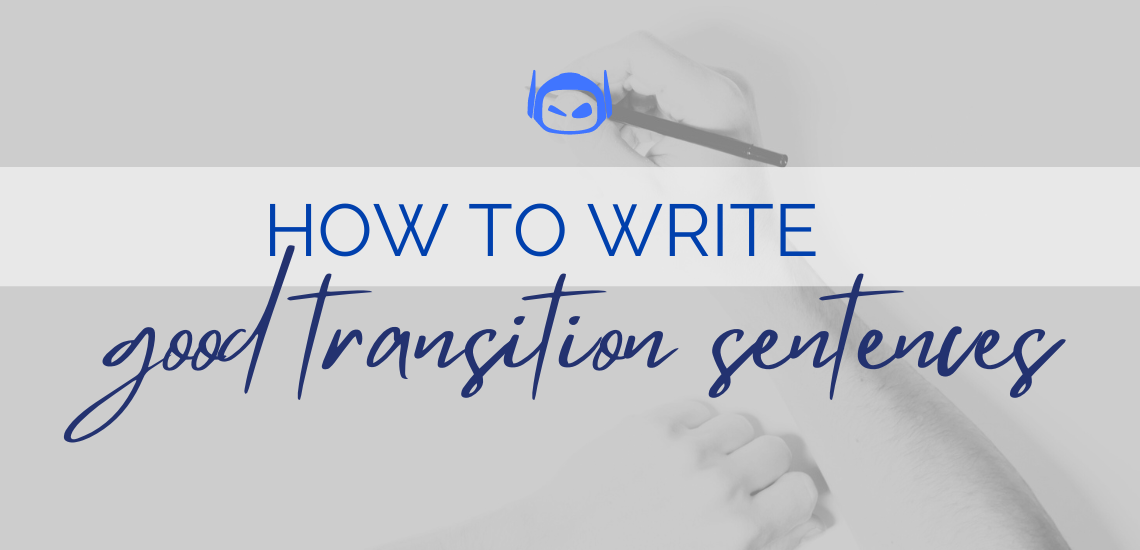
General Guide About Content and Writing
You just got the essay questions you were waiting for,...
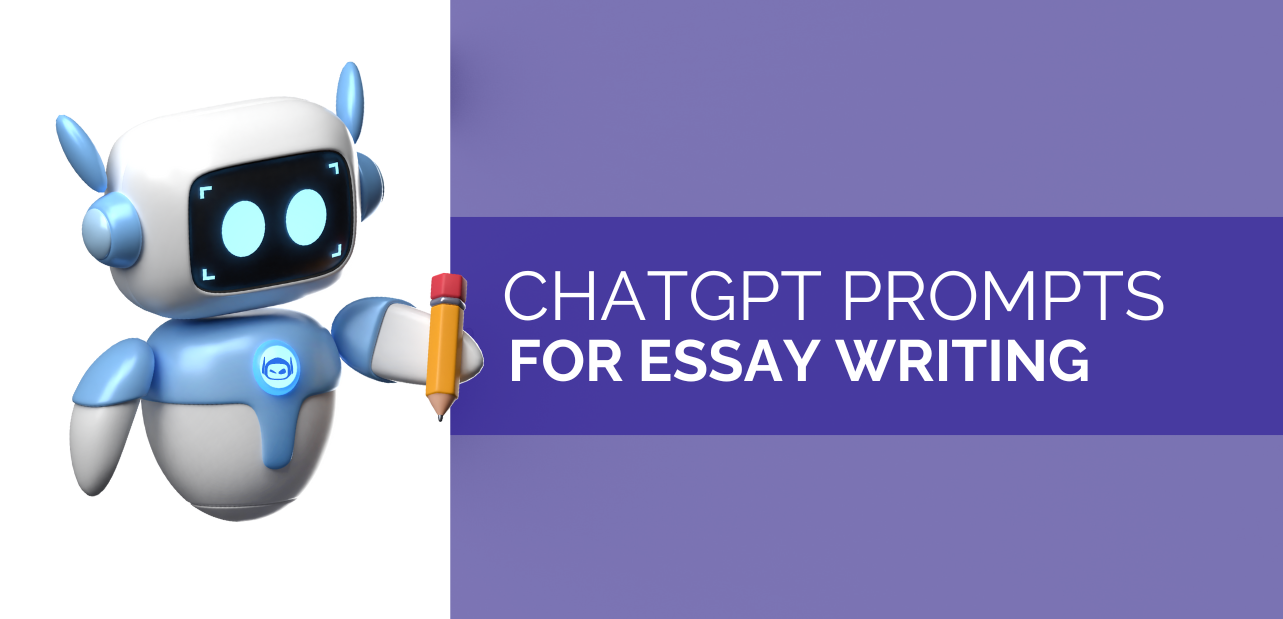
General Guide About Content and Writing
Academic writing has changed. Artificial intelligence (AI) has ushered in...
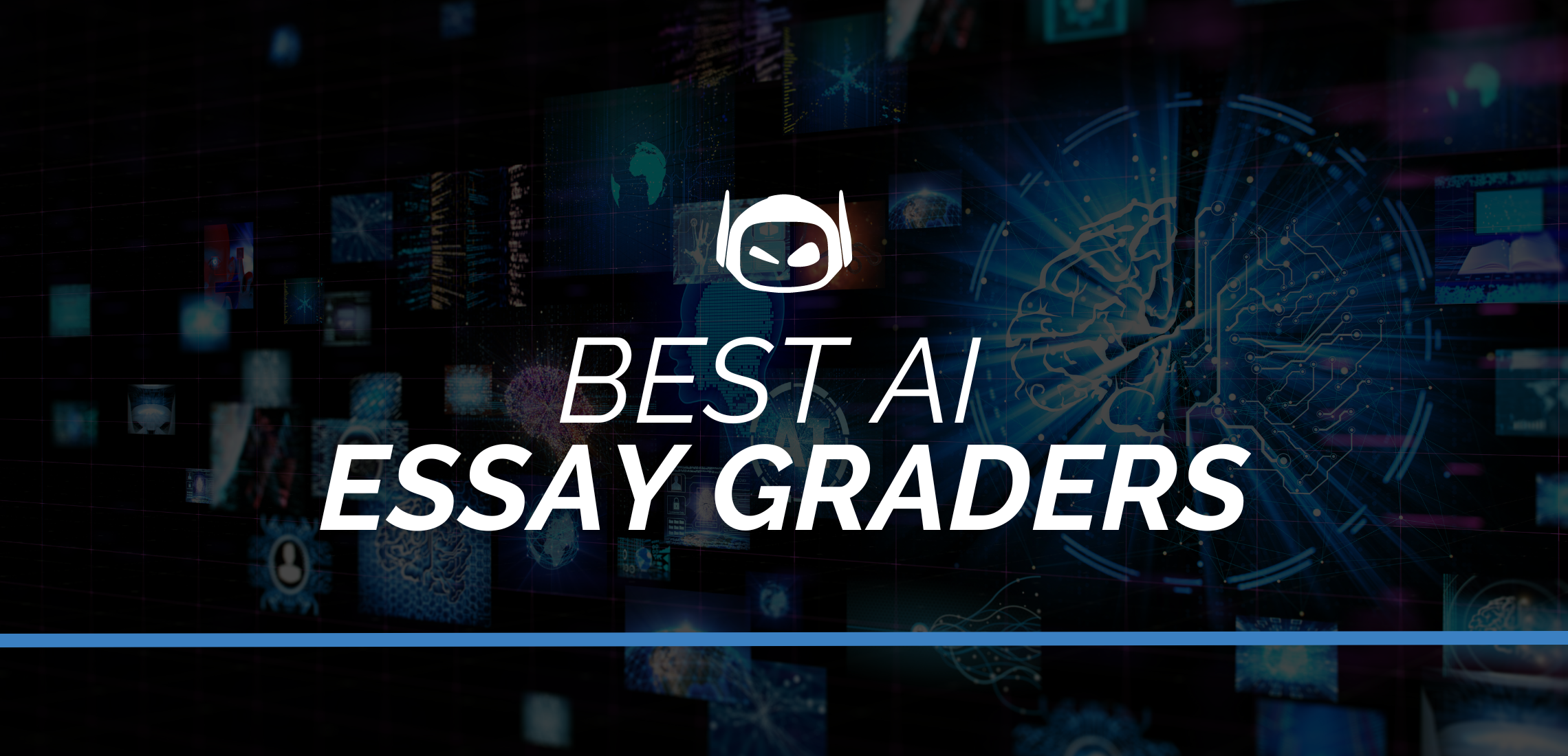
General Guide About Content and Writing
Grading essays is a time-consuming task for teachers and a...